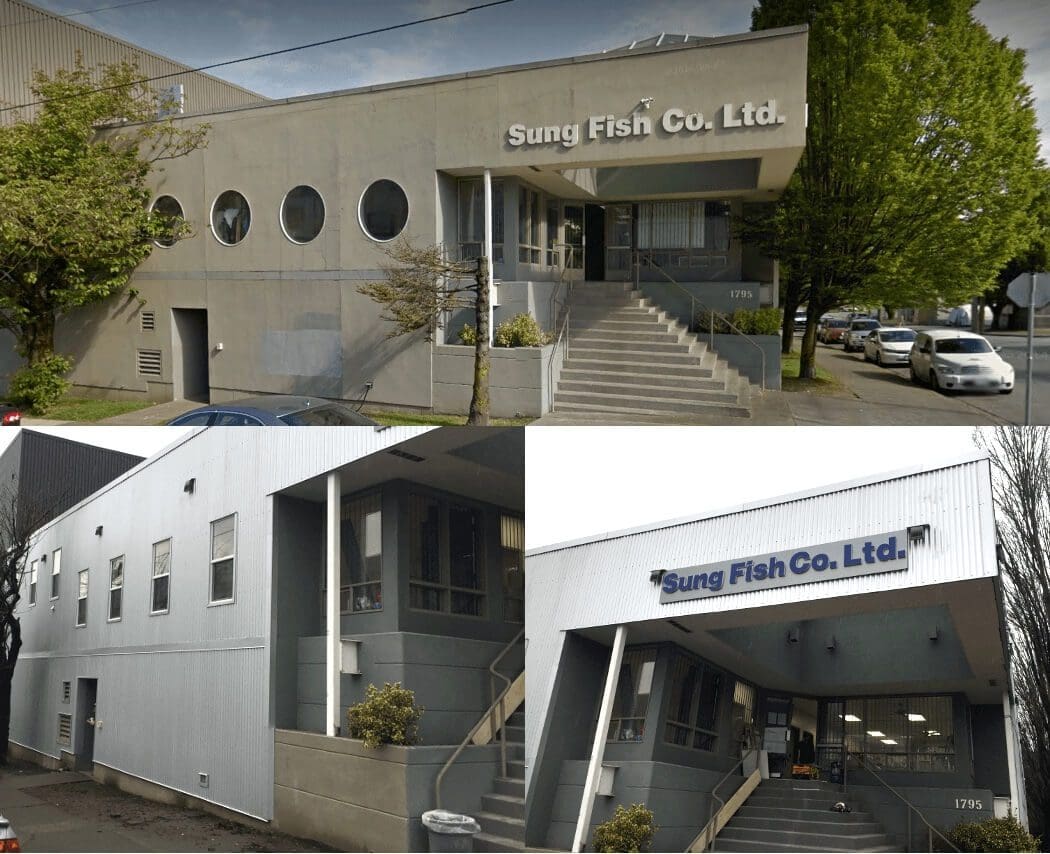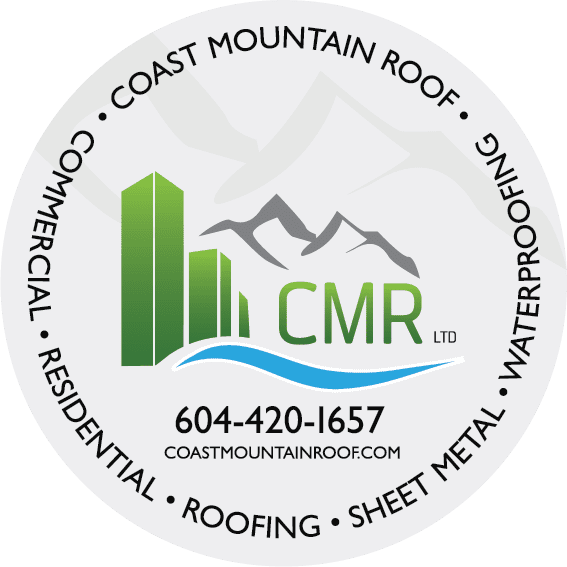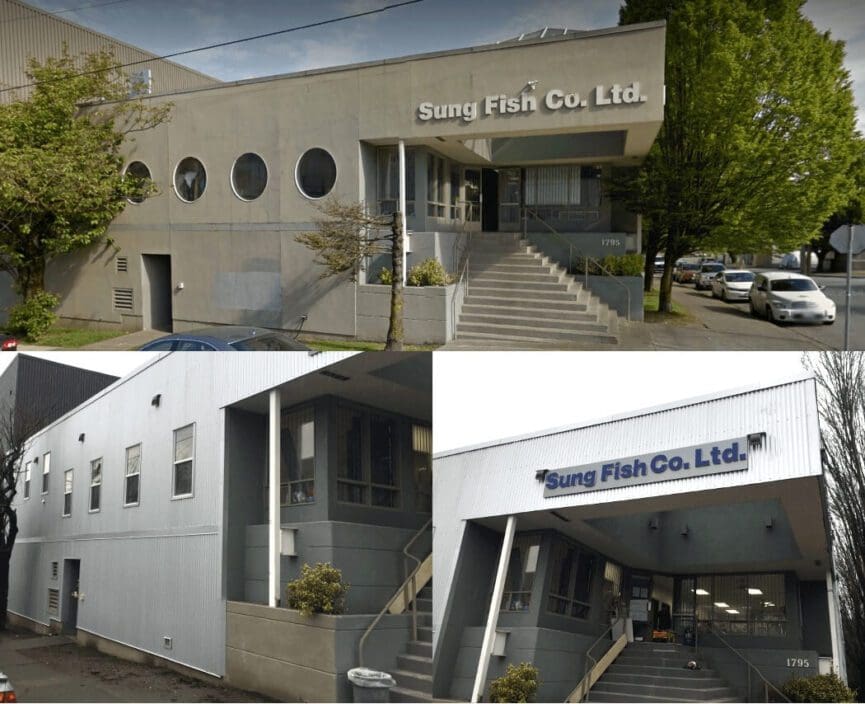We’ve all heard the saying: “Don’t reinvent the wheel”. But what if you can find a better, cooler, cheaper way of building the same old wheel? Maybe one that’s slick, that people will stop and stare at and use as a talking point at dinner parties.
The concept of taking something old and repurposing it into something both stylish and functional has never been more popular. That old door can become a trend-setting headboard; the pallet tossed in the alley just needs a few castors to become a cool coffee table.
This idea of what is old is new again is partly why aluminum & steel siding, and metal roofing is showing up more often on houses and buildings. The familiar material is once more having a “moment” as designers, roofers and architects are all finding new ways to use it. And whether building owners are design savvy or simply practical, demand is skyrocketing. It helps that it’s an affordable, low maintenance and environmentally friendly option that can be quickly installed to rejuvenate a building.
Metal siding was once reserved for industrial buildings in the seedy parts of town, or farm storage buildings like silos and barns. But these days, standing seam metal siding has become a popular accent for cool, sophisticated, and modern buildings. Fortunately, it’s got a long list of other advantages that make it an appealing option for siding.
Read on to discover a little more about this versatile and functional building material suitable for most residences and commerces.
Table of Contents
History of Metal in Architecture
One of the first examples of architectural metal siding is actually as prestigious as it gets. In the late 1800s, a grounding cap made of aluminum was installed atop the Washington Monument. This was at a time when aluminum was as valuable as silver.
But before metal siding became a popular option for commonplace buildings, which didn’t occur until several decades later, there were some issues that needed working out. Original attempts to popularize the material found that metal siding was prone to warping, creating openings through which water could enter that resulted in rust. And as mentioned, it was at one time incredibly expensive and it took some time to find ore reserves to drive the price down.
In 1903, sheet-iron or steel clapboard siding units were patented. In the mid 1920’s Sears, Roebuck & Company began offering embossed steel siding in stone and brick patterns in their catalogues.
Aluminum Company of America (ALCOA) started promoting the use of aluminum in architecture into the 1920s, but it was not until 1937 that modern siding was invented. Frank Hoess, a machinist from Indiana, is credited with inventing and securing a patent on the method of using a locking joint, which created a watertight horizontal seam. The design solved the water leakage problem. Hoess produced a small housing development of around forty houses covered in his patented steel siding in Chicago shortly after he was awarded the patent.
The growing popularity was put on hold during the 1940s as supplies of aluminum and steel were diverted for the war. By the 1950s, however, galvanized metal began to reappear in building construction, as either siding or roofing.
It remained an industrial material for the next few decades. Recently, however, consumer preferences have aligned and the material is sought after for its economical, functional, environmental, and aesthetically modern properties.
Why Choose Metal?
Choosing siding material for a home or commercial building is a decision that should not be taken lightly. The building’s siding is one of the first things people notice, and it acts as the first line of defence for the rest of your home. There are many options (which we will discuss in detail later), and depending on the era, the popularity of a material will gain and lose favour with consumers. For corrugated metal siding, the time is nigh.
The following list explains some of the reasons that steel metal siding panels are considered one of the best materials to work with these days.
Versatile
Vertical metal siding and corrugated siding panels are simply metal roofing panels used to clad or cover walls. However, not all metal roofing panels work seamlessly as siding. As a general rule, exposed fastener panels work best for siding. That said, metal siding can be applied to practically any home or commercial building, there really are no limits to where the material can be installed in order to give the building a great and rejuvenated new look.
Since it’s so versatile, metal siding can be applied depending on the building owner’s aesthetic preference. It can work as an accent material, and can be installed vertically, horizontally or even on the diagonal. It can be factory shaped and coloured in a variety of ways, making it customizable and suitable for most unique ideas a building owner might have in mind.
Resistant
Metal siding is resistant to three main culprits — pests, fires and mould. For critters like woodpeckers and wood-eating insects like termites, they will find nothing to gnaw on with metal siding. And when it comes to non-flammable materials, you can’t get much more fire resistant than metal siding and steel roofing.
Finally, metal siding and roofing does not absorb moisture, therefore mould and fungus can’t grow on it and rot it out as they do with wood. In a damp or humid climate with a rainy season, this advantage is worth considering.
Environmental
Metal roofing and siding gets two green thumbs up from those looking to reduce the environmental impact of building.
Metal siding is at least partly made of recycled material. So, if you are installing metal siding or roofing, you can rest well knowing that industry standards ensure that the recycled content is anywhere from 25-70 percent. And if your metal cladding or roofing is at the end of its long life, you can also recycle it (usually for cash!). Keeping materials out of the landfill and utilizing second life sources is an increasingly more important consideration for many builders and building owners.
Adjustable
Whether the job is big or small, metal siding panels can be cut to large sizes to accommodate the project. In fact, lengths can range from very small to as long as 40 feet, so even with large buildings, standing seam metal can be made to look clean and effortless.
Low Maintenance
Properly galvanized metal siding is rust resistant and lasts a very long time. With the proper maintenance, metal siding and roofing can function for fifty years before it needs replacing. Most weather systems have little effect on metal, so things like snow, frost, rain, wind and even heat won’t damage the siding. However, one drawback with metal siding is that it can dent so if you live in a hail-prone climate, you might need to consider the effects of this destructive weather system on metal siding. Metal roofing materials vary, so you can pick and choose the alloy most suitable to your application.
Aesthetics
While perhaps not for everyone, metal siding and roofing has a contemporary look to it. It brings a clean, modern and minimal feel to a building, and this simplified aesthetic is increasingly popular. Cluttered and complicated lines are no longer attractive. Nowadays, people are finding that a less complicated and simplistic feeling is appealing, zen even, and metal siding evokes that sensibility.
Cost
Maybe we should have started with this, but sometimes it’s nice to save the best for last. Metal siding generally costs between as little as $2 per square foot to around $12 at the very top end of the spectrum. (The higher price point usually points to a thick steel, which is not necessary for every building.)
Metal siding and roofing might have a slightly higher cost for the initial material than some options like vinyl. However, since it is easy to install, low maintenance and very long lasting, the cost over time makes it practical. Coast Mountain Roof
How Does It Compare?
Sure, metal siding sounds like an excellent option, but you can make a case for anything when it stands on its own. The question instead should be: how does metal siding hold up against other options? We’re glad you asked!
As mentioned, metal siding is versatile, resistant, environmentally friendly, beautiful, and needs little maintenance, but it’s not the only option out there. Here’s how corrugated steel metal siding panels stand up when compared to the rest.
Brick Veneer
Brick veneer can be a popular option depending on the place, and its aesthetic versatility is appealing to some. This type of siding costs begin higher than the low end for metal siding — somewhere between $6 and $12.
Costs start to rise with brick veneer when you begin to factor in installation costs since you will need to deal with added materials like adhesive. On the other hand, brick veneer does have relatively low maintenance costs. Often, this option comes down to personal preference as brick is not necessarily considered a modern look, though it is a desired look in some cities or neighbourhoods.
Vinyl Siding
Vinyl siding is one of the most popular options for houses in North America. If you walk through any residential neighbourhood, you will likely be able to spot many houses with this option for siding.
Vinyl is a good option for a number of reasons. For one, it is relatively inexpensive — somewhere between $.65 – $2 per square foot. It is also low maintenance and can be cleaned with a pressure washer or some soap, water, and elbow grease. Finally, vinyl siding is durable and can last two to three decades.
However, there are some drawbacks. For one, some people don’t find it the most attractive option; the plastic look might not be appealing. While inexpensive, in order to streamline the look and eliminate the appearance of seams between panels, home and building owners might then opt for longer panels, which can increase the cost of material by around 30 percent.
Vinyl siding is also off-putting for the green-minded as the material is not easily recyclable and does not readily decompose. Therefore, this option is normally a one-time use and will inevitably add to the landfill.
Wood Siding
Wood siding generally costs somewhere between $3 – $8 per square foot. Many homeowners love the classic and rustic look of wood siding — it truly has a timelessness to it. It is also very customizable as it can be painted virtually any colour. A fresh coat of paint can be a great and easy way to update a building.
Wood is also very durable and, when properly maintained, can last a very long time. In fact, it’s not unusual for wood siding to last up to 100 years when properly cared for. It also breaks down once its lifespan is up, making it an environmentally friendly option.
However wood siding does need to be properly looked after and is considered a high maintenance option for home owners. In order to maintain wood’s durability and longevity, it needs to be repainted, resealed or restained every few years. Depending on the size of the building, this can add up to a lot of work.
Stucco Siding
Stucco siding is another traditionally popular option. Stucco siding, made by layering earth or cement, lime, and silica, to create a casing around the home, costs between $6 and $9 per square foot. Stucco is insulating and keeps buildings cooler in the summer and warmer in the winter.
While stucco can seem expensive in the beginning, it is relatively low maintenance. And since it does last a long time, the cost reduces over time.
One disadvantage with stucco is that it is not conducive to all climates; stucco siding is best for regions that do not see a lot of moisture. Rain and humidity cause the material to disintegrate over time and is therefore a better option for dry, arid climates.
Stone Siding
Stone siding is the final option we’ll explore, and it has a range of options within it. Natural stone siding can make for some very unique and incredibly beautiful homes. But natural stone will cost you around $18 per square foot since the stones need to be quarried and delivered on order. Plus the work of a qualified stone mason does not come cheap.
To get a similar look, many building owners will instead opt to install manufactured stone veneer, which comes in at a cost of around $4 to $10 per square foot. This more affordable option offers a similar look to natural stone siding, however a trained eye can easily spot the difference. Manufactured stone is relatively low maintenance, and is resistant to mould and mildew in humid climates.
Before and After
One of the great things about sheet metal cladding and roofing is how quickly you can give a building an update, and at a much lower cost than refurbishing the entire structure. Installing standing seam metal siding rejuvenates a building, and gives it an entirely new look and feel.

Here is a before and after look at a local building that has gained a great deal of attention. The metal siding rejuvenation was a cost effective approach that created a beautiful finished product.
In Conclusion
In the past, a home or building covered in metal siding was practically unthinkable, unless it was an industrial building. But we should know by now that everything old is new again and what was undeniably uncool at one time will, without a doubt, become fashionable at some point in the future.
Metal siding and roofing not only provides a contemporary look, but there are many functional advantages to using corrugated siding panels to outfit the exterior of a building. If you are currently shopping for a Steel roof installation, please allow us to provide you with a quote, anywhere in the metro Vancouver BC area.
Standing seam metal cladding is versatile and resistant to many of the critters and creatures that threaten the structural integrity of other siding options. It comes in many different pattern finishes and can be cut to length and installed depending on the preference of the building owner. Metal is considered an environmentally friendly option since it’s made of post-consumer material and can be recycled at the end of its lifespan on a building. Finally, it is cost effective since it is low maintenance and long lasting.
We are excited about the limitless potential of metal siding and seeing where this wave goes.

Brad Gordon and his team of professionals have been installing roofing, waterproofing and architectural sheet metal systems in the Greater Vancouver area for over 20 years.

